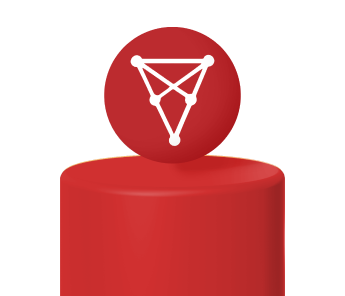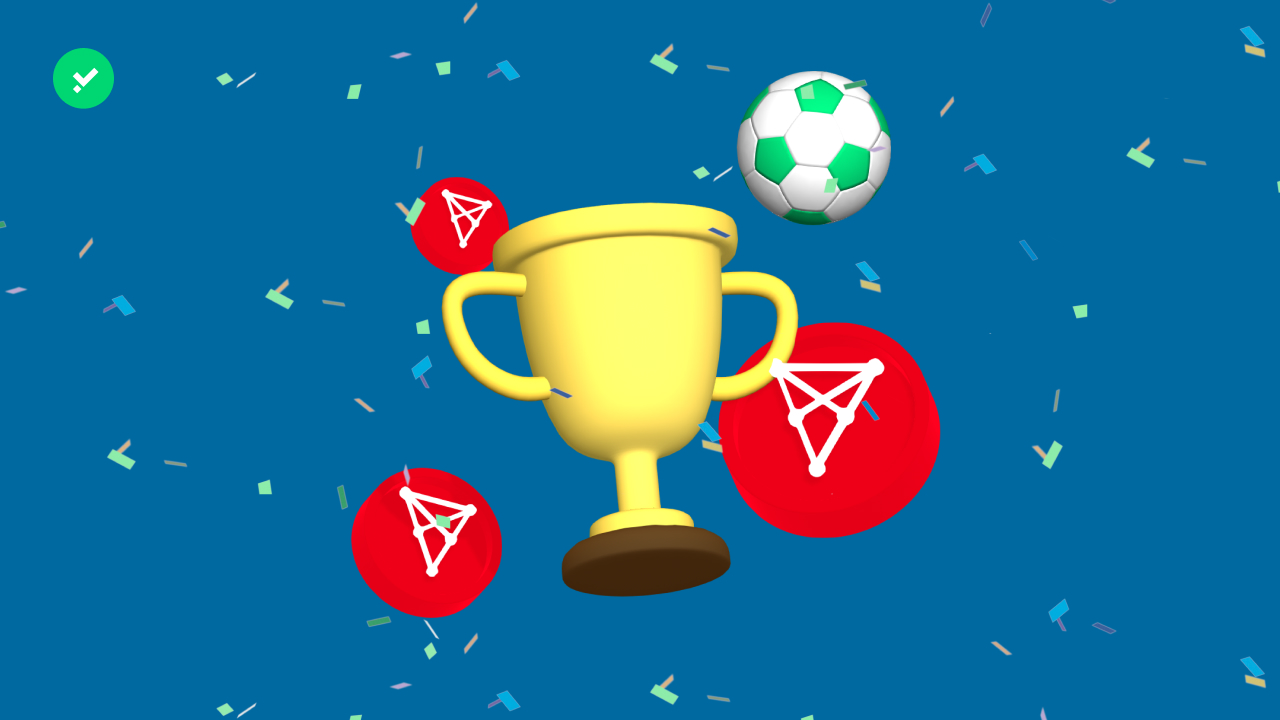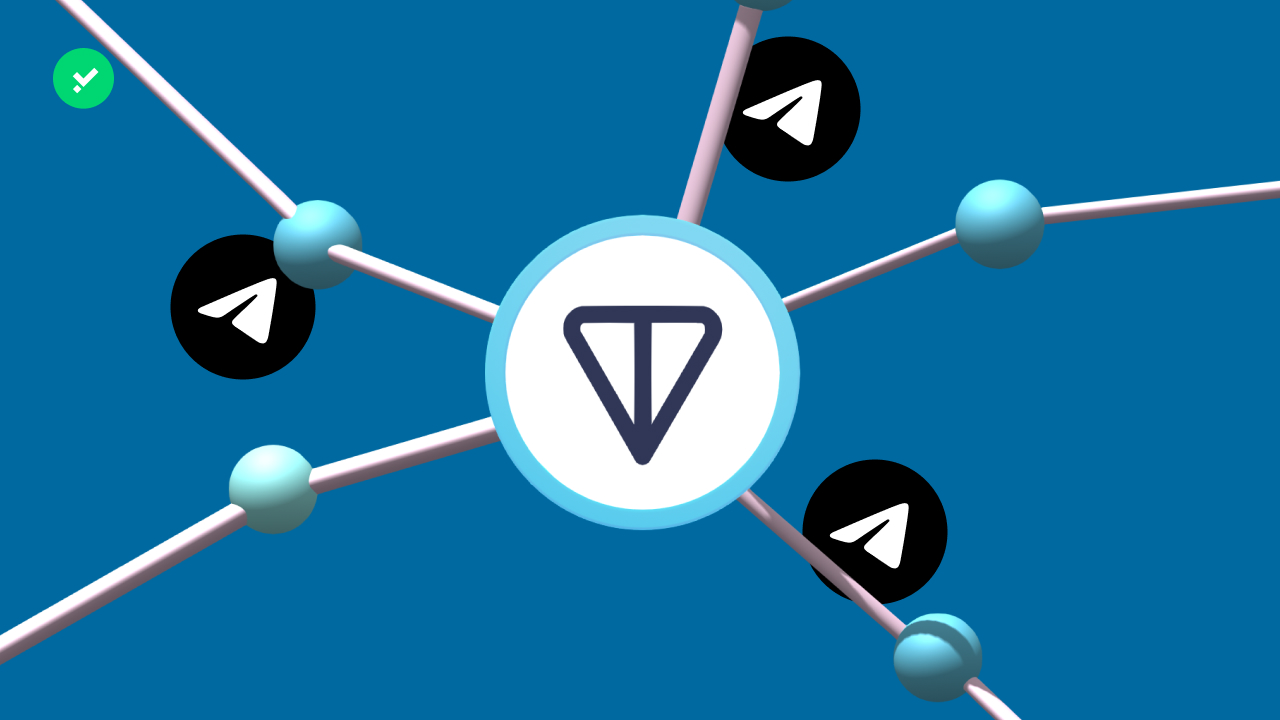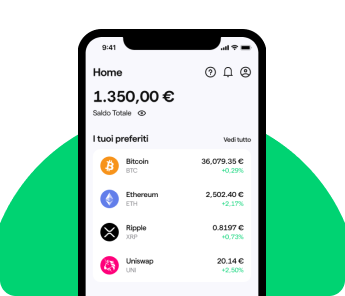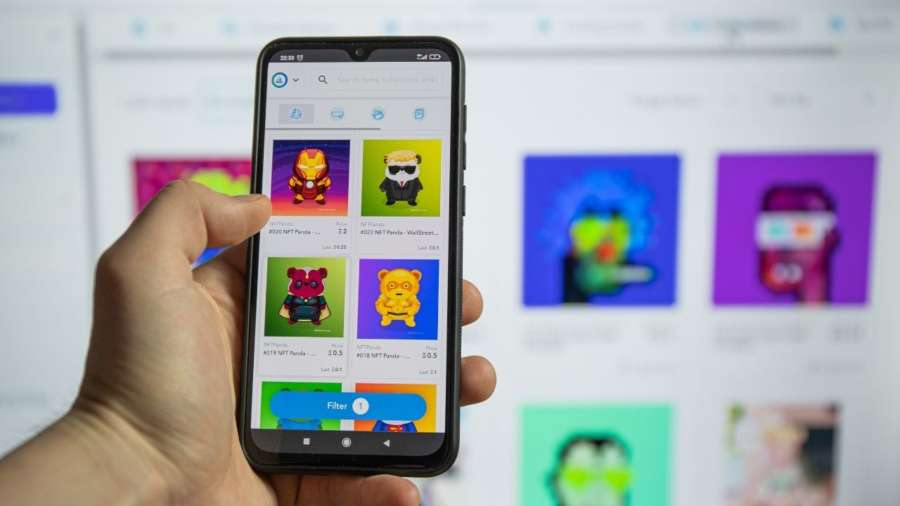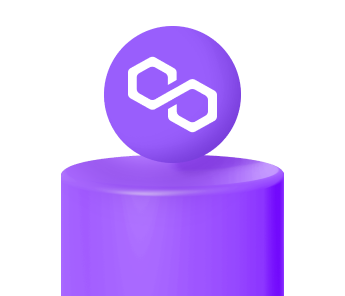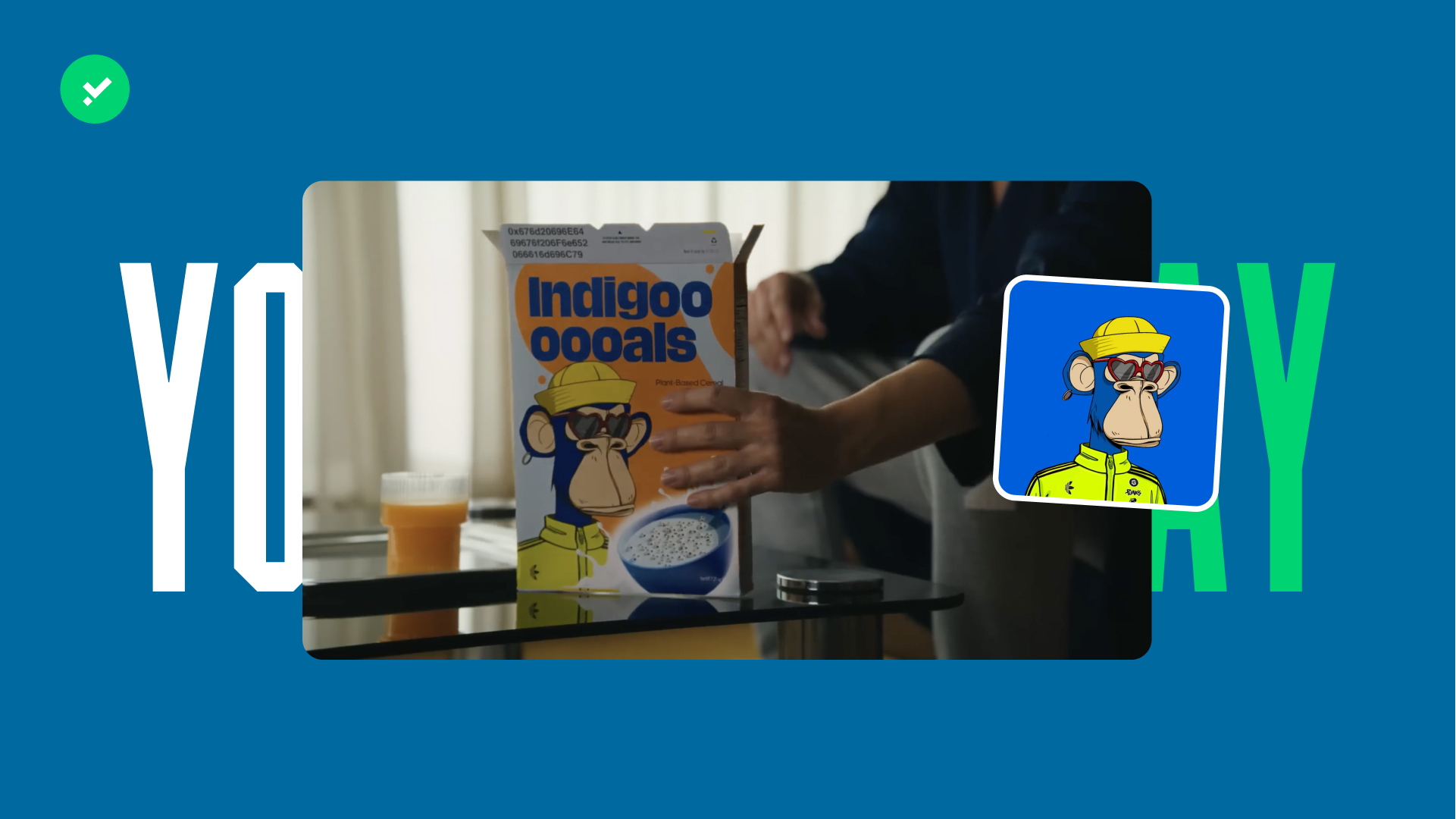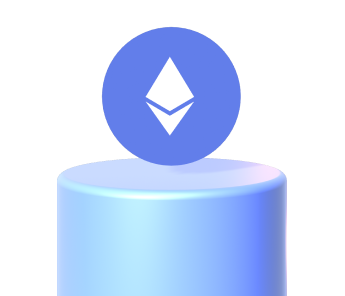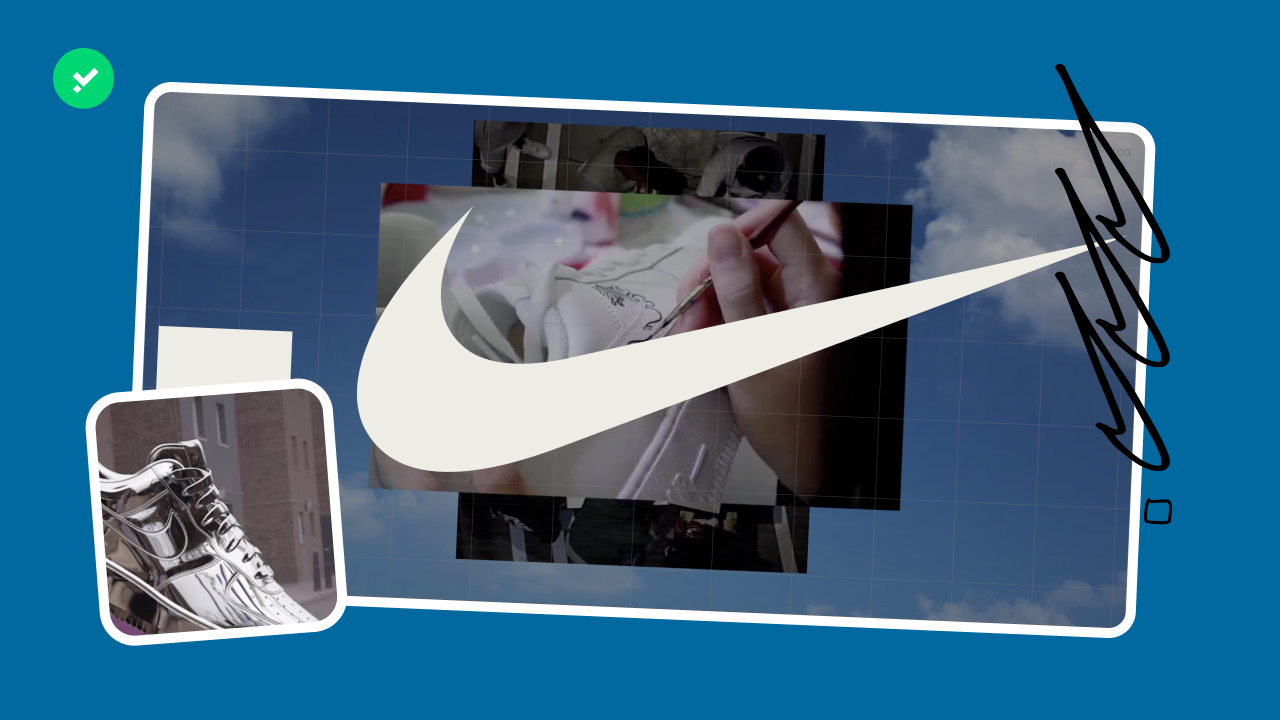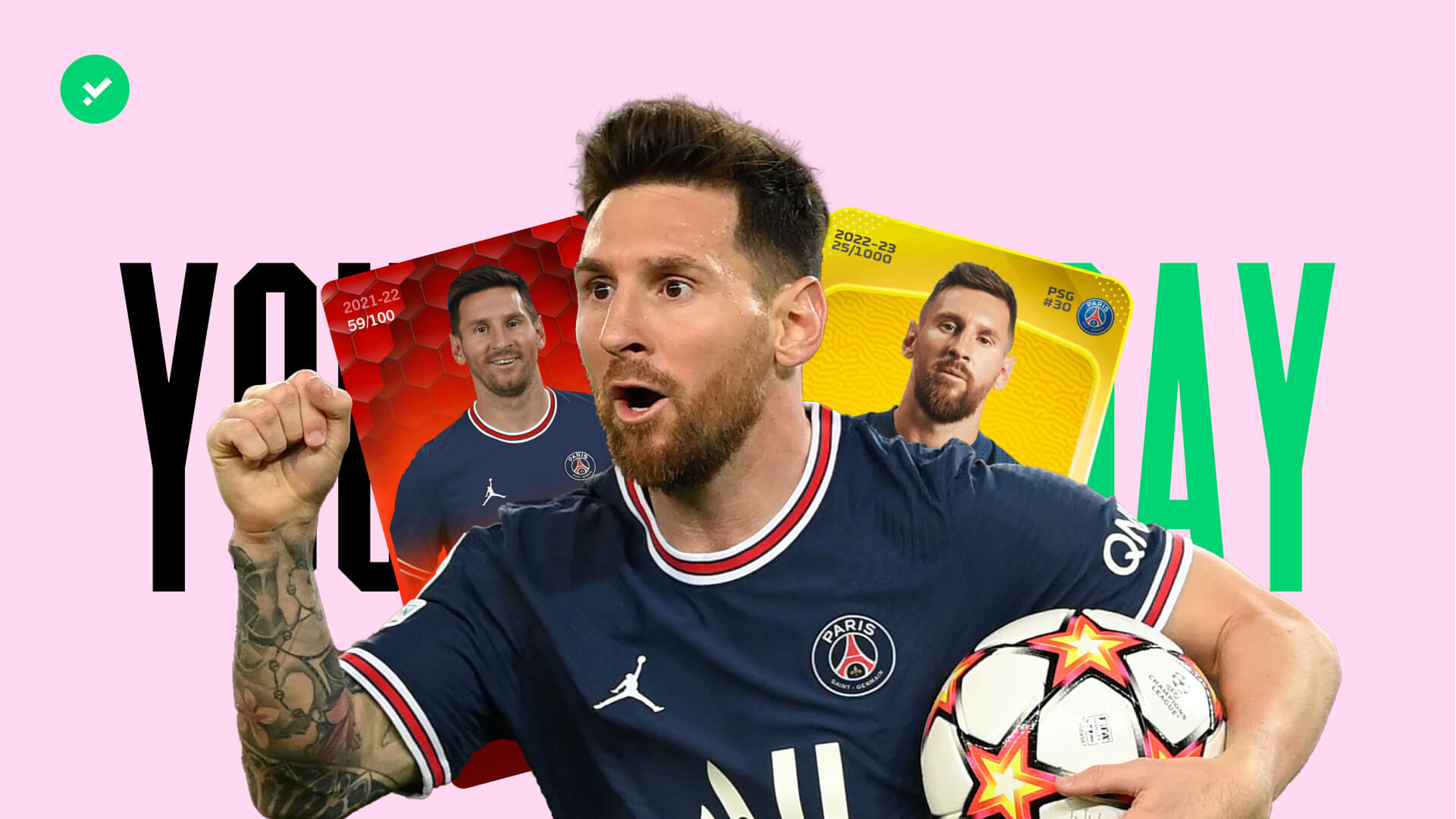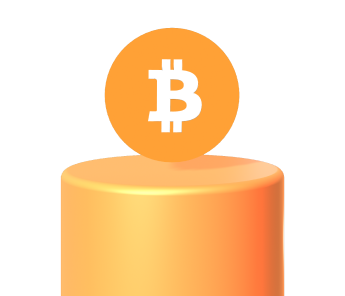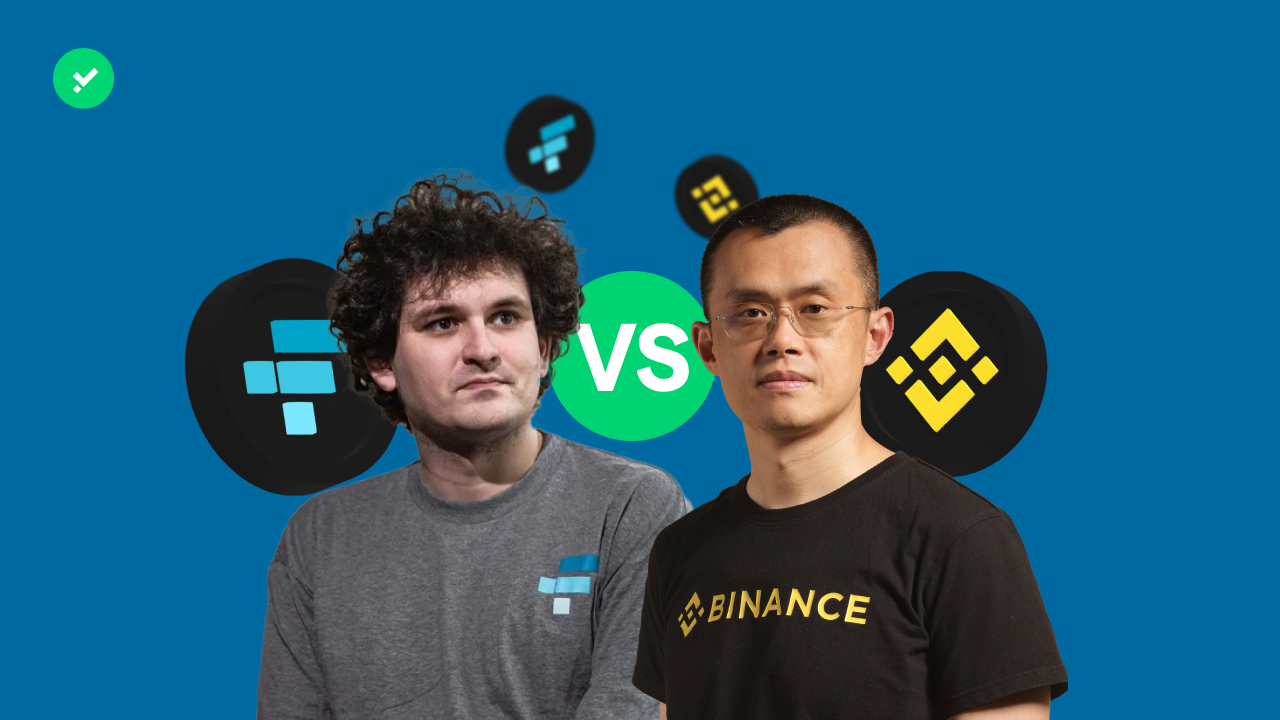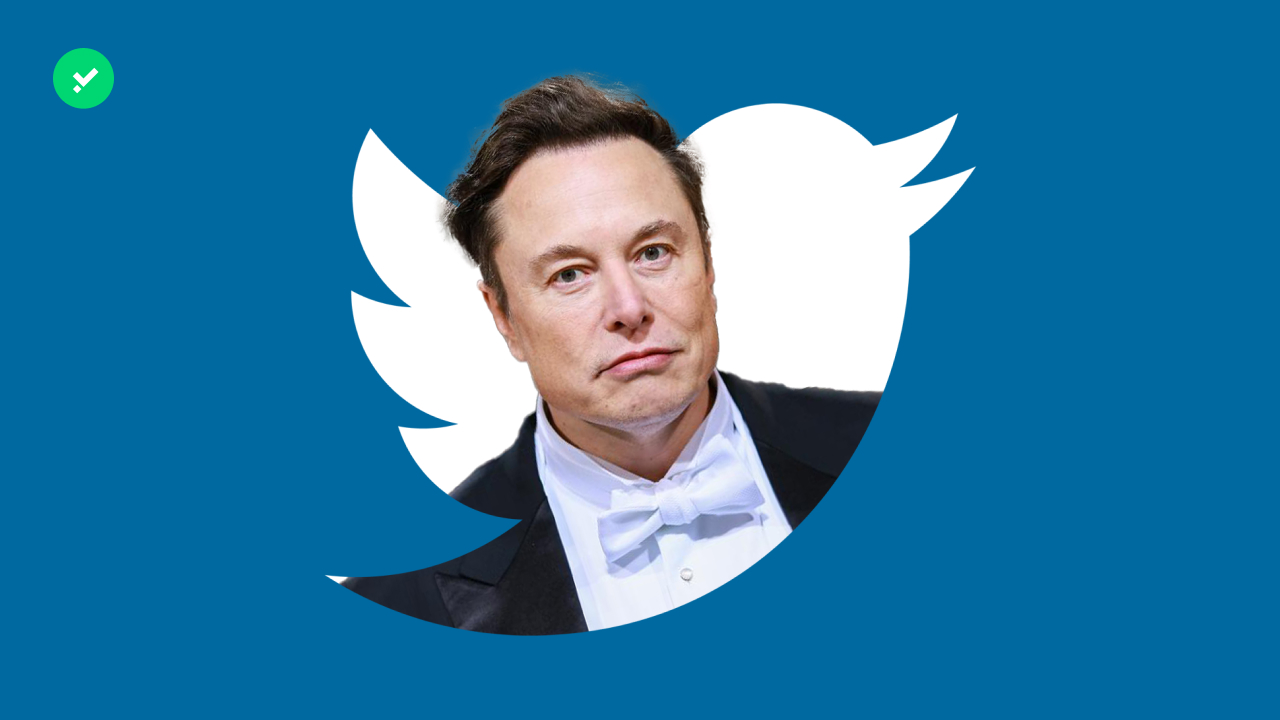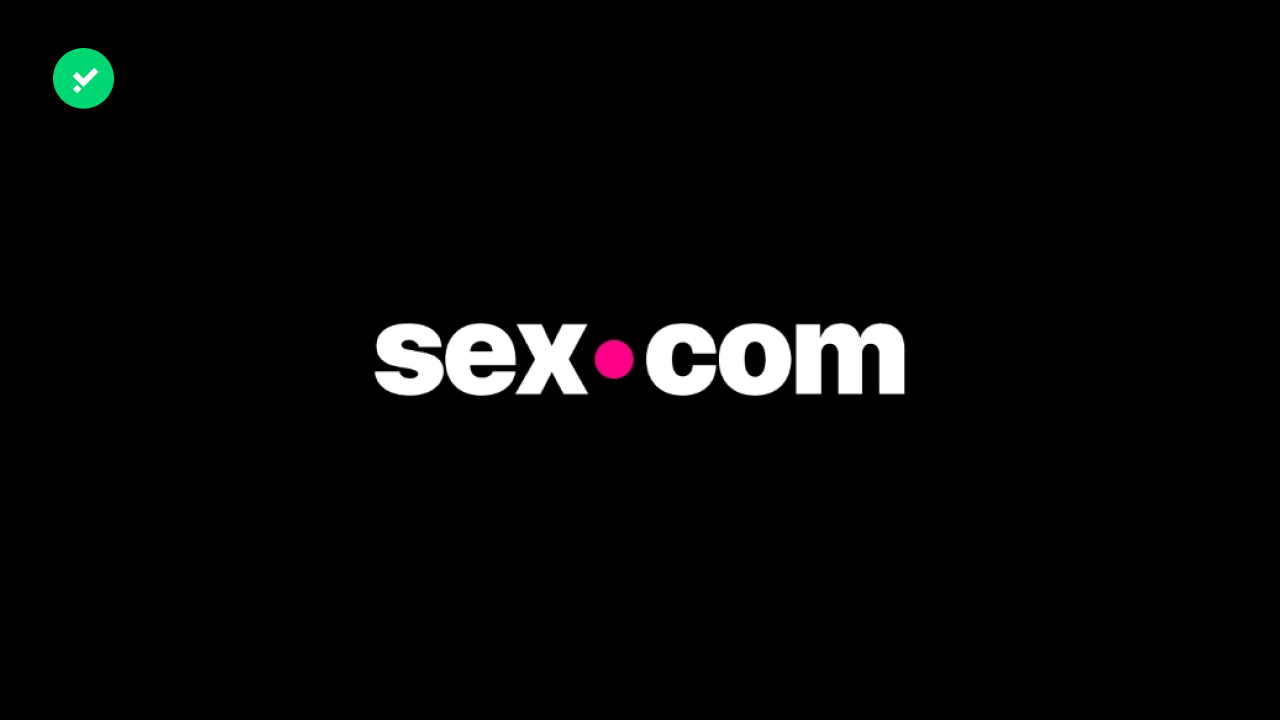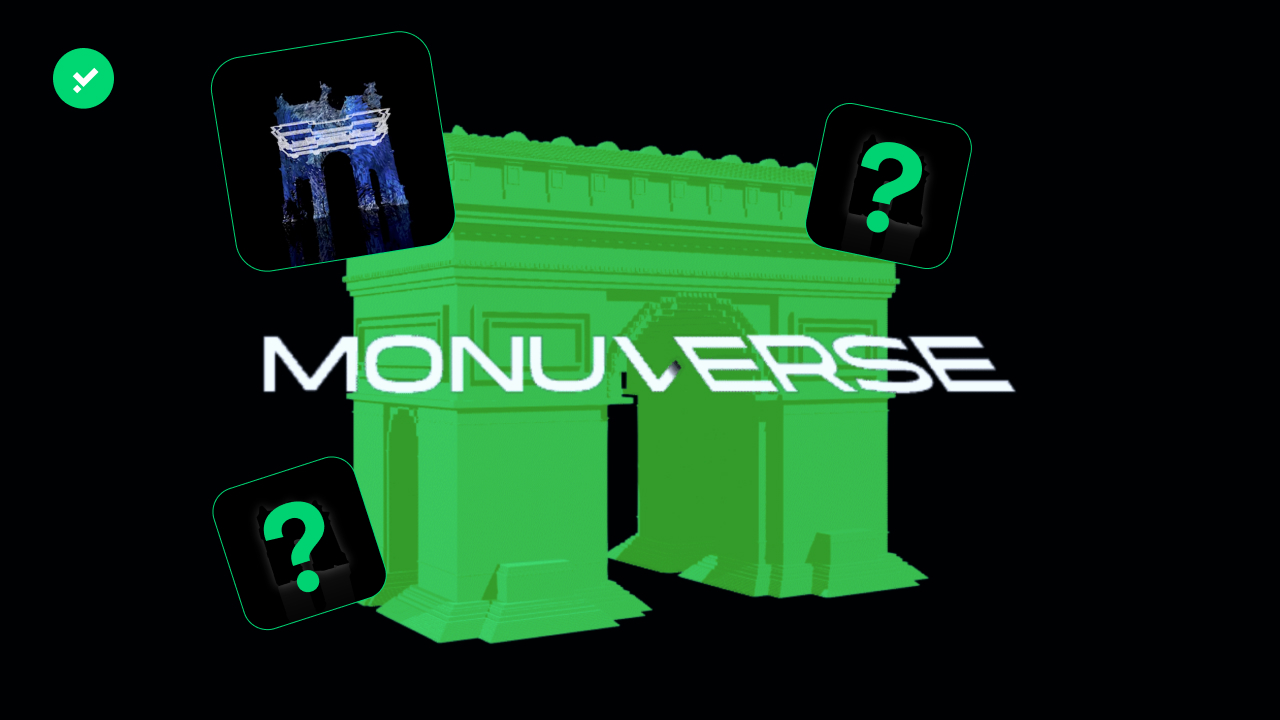Which World Cup 2022 fan tokens are in the spotlight? Socios has prepared a prize game for national team fans!
On Sunday, the 20th of November, the World Cup 2022 officially kicked off with the whistle of the match between Qatar and Ecuador. The match, preceded by a pyrotechnic opening ceremony, kicked off the first World Cup in an Arab Emirate. Socios, the fan token platform built on Chiliz, and its national team fan tokens benefited at the price level from the start of the FIFA World Cup, with bullish movements on the charts.
Socios has also created an ad-hoc section for the 2022 World Cup called Expert Predictions in order to get its users as involved as possible. Find out which World Cup 2022 fan tokens everyone is keeping an eye on and how to play Socios Expert Predictions.
World Cup 2022 fan tokens in the spotlight
The cryptos that have taken centre stage during these last two complicated weeks for the market are the 2022 FIFA World Cup fan tokens developed on Socios. These fan tokens are those of the national teams of Portugal (POR), Spain (SNFT), Brazil (BFT) and Argentina (ARG), which were all released in the summer of 2021. The Italian national team, which unfortunately did not qualify for the competition, also launched its ITA fan token on the 29th of October 2022, in collaboration with Socios and at the initiative of the FIGC.
The recent popularity of these fan tokens can be attributed to the start of the World Cup, which brought interest and buying volumes to these fan cryptos. For example, the fan token of the Portugal team made a bullish movement of almost 100 per cent in 10 days, from a price of around $10 on 10 November 2022 to $19 on 19 November. The fan tokens of Spain (SNFT) and Brazil (BFT) did even better, marking price increases of more than 100% on the chart.
The price of World Cup 2022 fan tokens rose in the days leading up to the start of the competition, so why all this movement even before kick-off? The tokens of Spain, Portugal, Argentina and Brazil may have risen due to fan buying predicting a World Cup victory. Some traders may also have moved in advance trying to capture interest in everything to do with the competition in Qatar.
This hype around the World Cup 2022 fan tokens has also helped CHZ, the Chiliz blockchain crypto that performed well in the days leading up to the start of the competition. Chiliz is the network on which Socios’s platform is built and also the network on which fan tokens are exchanged. Chiliz’s crypto, CHZ went from a price of $0.15 to $0.26 in just over a week. All eyes are on these fan tokens, will the 2022 World Cup matches influence their price?
How to play with Socios Expert Predictions
The World Cup 2022, has a very entertaining element that we didn’t have in previous competitions, thanks to Socios’ Expert Predictions. Socios has come up with a ploy to allow football fans to follow the FIFA World Cup in an even more exciting way thanks to the new Expert Prediction section.
Expert Predictions is a new section of the Socios platform where you can win great prizes, including fan tokens, by guessing the results of FIFA World Cup matches. Playing Expert Prediction is free and very simple, simply go to the ‘matches’ section of the Socios smartphone app and register your prediction. The more accurate the prediction, the more points you earn.
For example, if you guess the correct result, you can earn more points than if you only guess the winning team. The points you earn over the course of the competition are used to determine your position in the standings – the higher up you are, the better your chances of winning one of the prizes. In addition, if you follow the matches live, during half-time you can try the free kick challenge, a mini-game on the Socios smartphone app, which allows you to gain additional experience points that are necessary to climb the rankings. What prizes are up for grabs when playing on Socios? By playing the Socios Expert Prediction you can win, in addition to World Cup 2022 fan tokens, a Playstation 5, football shirts and football boots autographed by the players, and ‘grandstand’ tickets for some club matches scheduled for next year.
As always, when it comes to crypto soccer, we also find the ‘paw’ of Sorare. The Ethereum-based platform has also launched a play-to-earn game dedicated to the World Cup. “Sorare’s ‘Global Cup’ allows all those who are subscribed to its crypto fantasy football platform, to build a team for the World Cup for free, and challenge other users in order to win a wide range of prizes. The first prize for the ‘Global Cup’ includes 3 Ether, around $3,000 at the time, and 3 special NFT cards created by Sorare specially for the occasion.
It promises to be a very interesting FIFA World Cup, also for Web3 fans thanks to the 2022 World Cup fan tokens, the Expert Prediction and the Sorare ‘Global Cup’.
